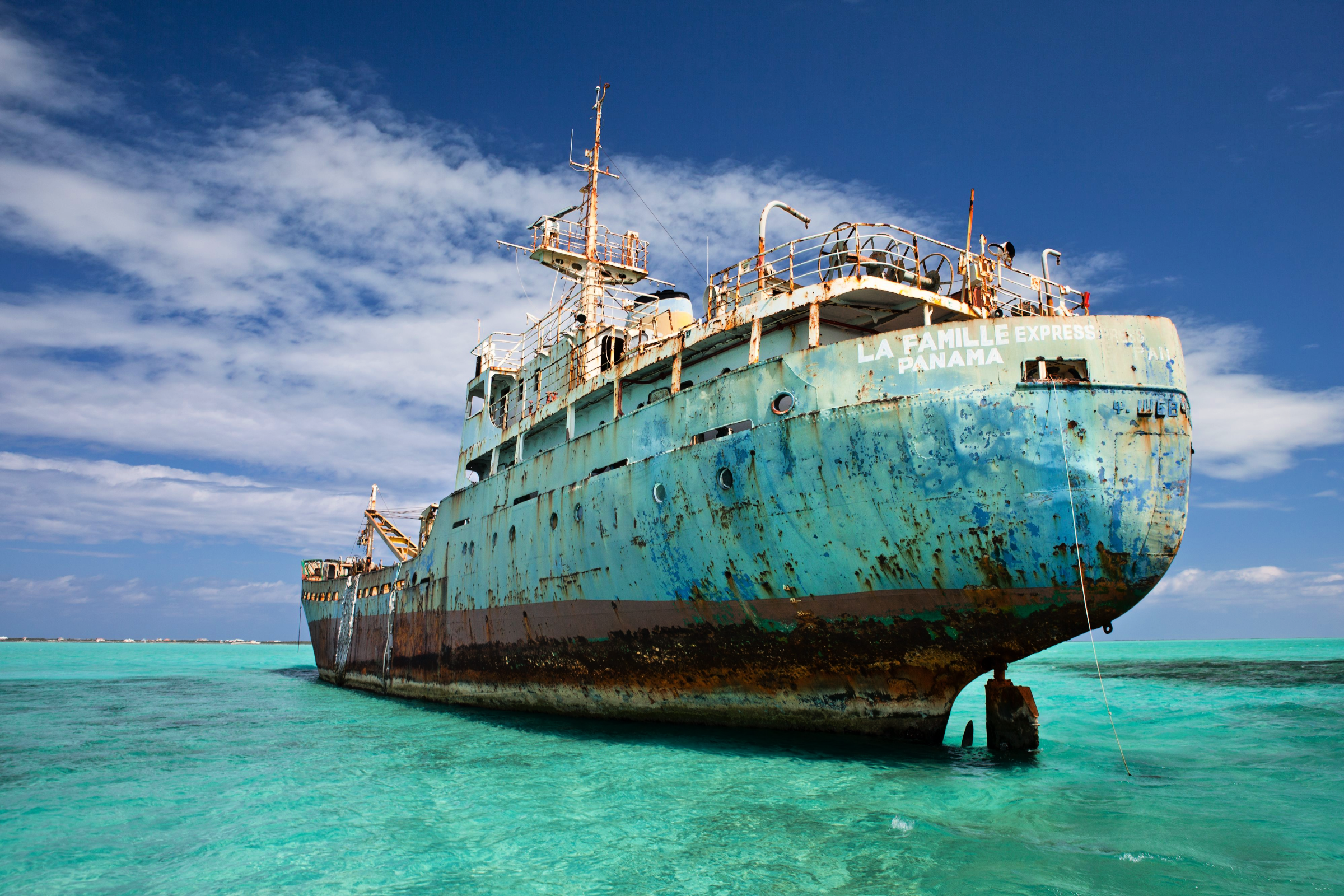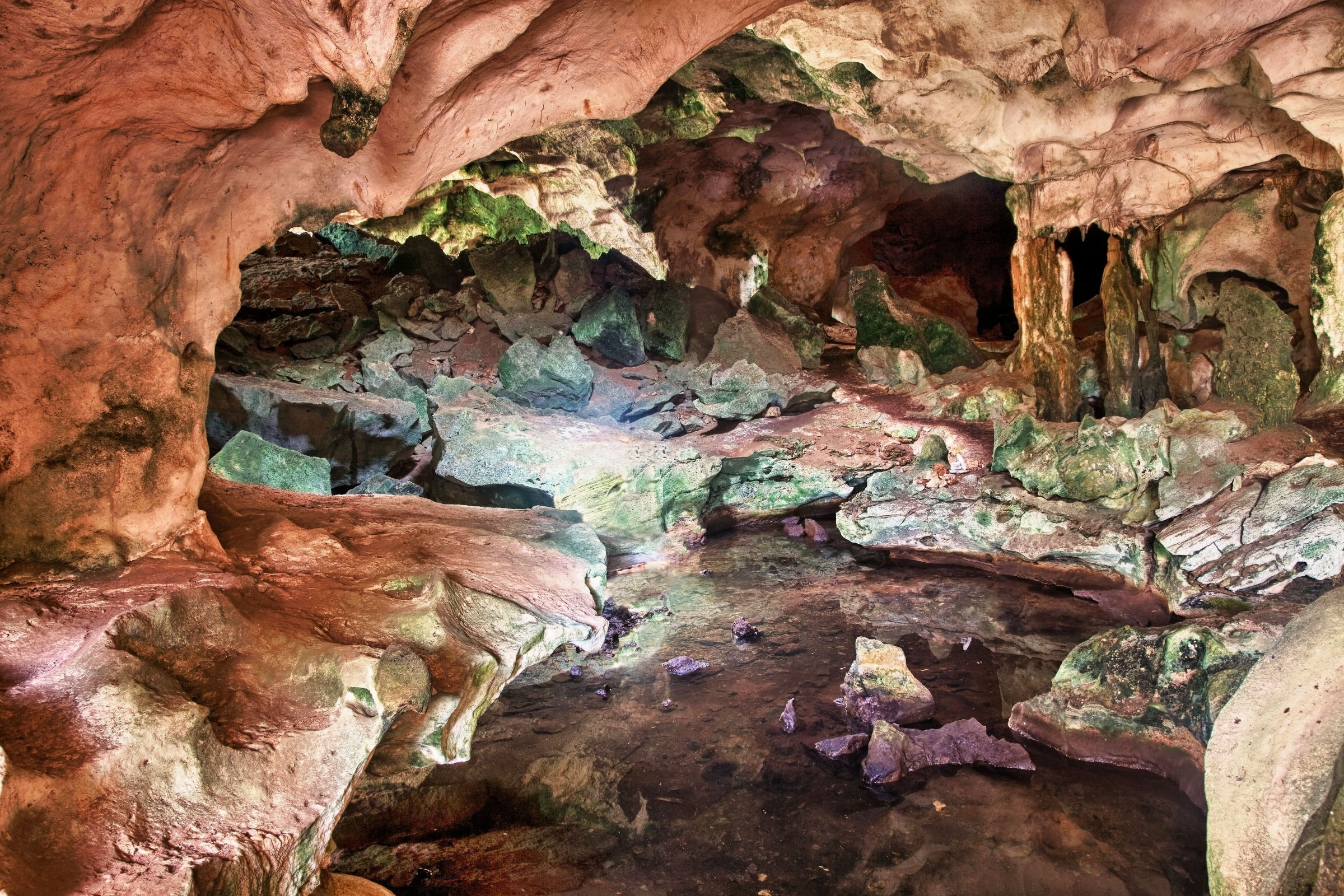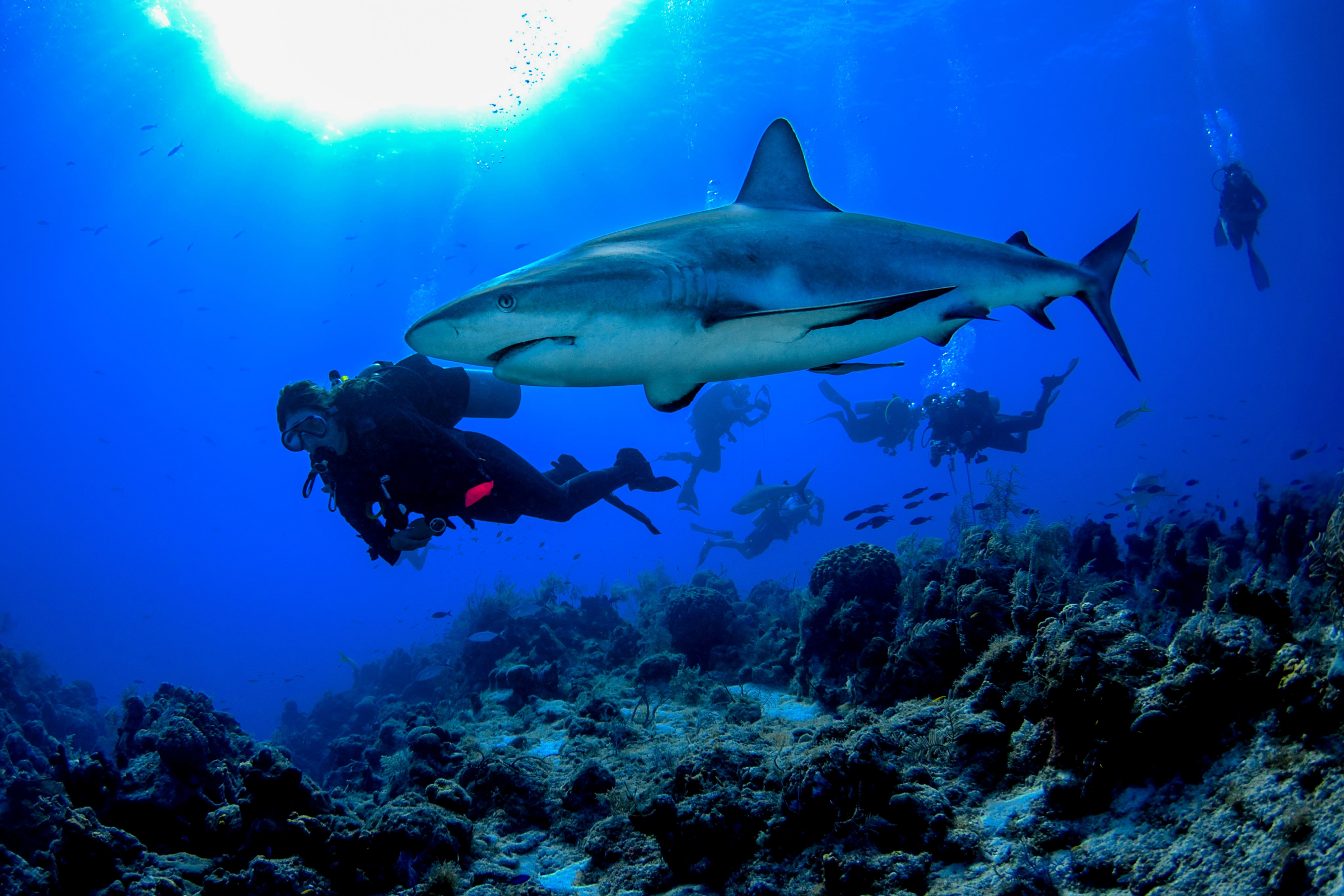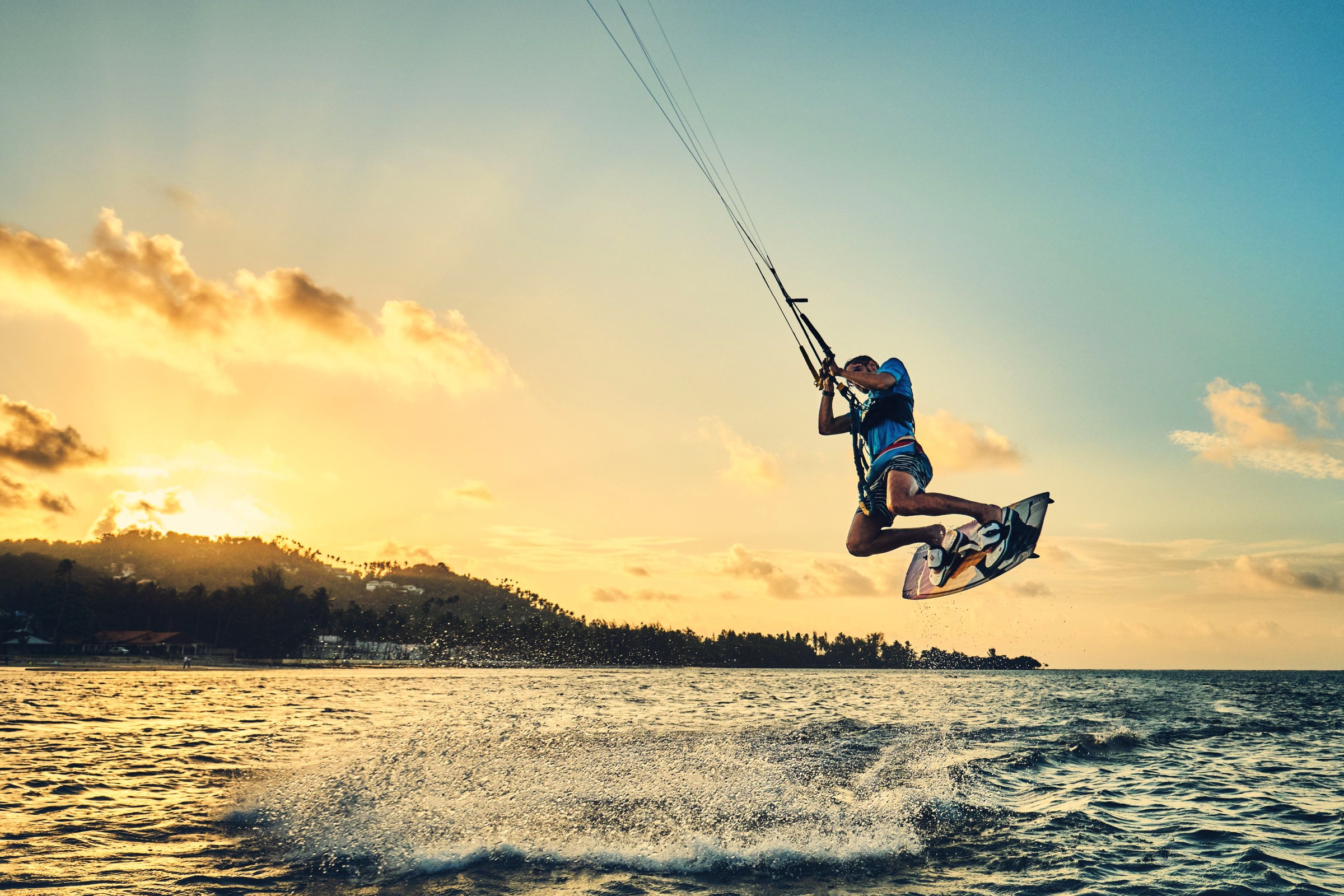Fun Facts About Turks & Caicos
- Despite having deep roots in Caribbean culture, Turks & Caicos is an Atlantic Ocean-based nation and a long way from the Caribbean Sea!
- The average sea temperature is around 26oC (74oC), making swimming feel like taking a bath, more or less!
- For such a small Caribbean nation, Turks and Caicos boast 40 islands and 400 kilometres (248.5 miles) of coastline, more than 50% of which is soft sand.
- Jojo, a dolphin belonging to a rare species of dolphins, has visited the waters of the Turks and Caicos for 30 years and has been loved by both locals and visitors alike to the point that the government recognized Jojo as a National Treasure! As such, the adorable dolphin even has a warden for its protection!
- You will find no rivers or lakes in Turks and Caicos, but you will be spoiled for choice when it comes to cave exploring as the nation has the largest cave system in the Caribbean.
- The country uses the US dollar, but it is actually a British territory!
- The original inhabitants of Turks and Caicos Islands were the Lucayans (aka Tainos) who are believed to have reached the islands around 750 AD.
- The Turks and Caicos Islands’ name is believed to come from the small cacti species that distinguish the local landscape, called Turks Head Cacti. According to other accounts, “Turks” was a term used to address the Islamic corsairs that used to prey on ships off the African and European coasts. Over time, “Turks” was interchangeably used with the word “pirate”.
- The caves of the Turks and Caicos were home to much larger animals, such as giant iguanas, tortoises, and crocodiles that were probably hunted to extinction.
The Weather
Expect a tropical climate featuring warm weather almost year-round and two seasons (a hot and a relatively cool) with minimal weather differences, with the period between November and April, being the most preferred time to visit Turks and Caicos for the slightly lower temperatures, compared to the average monthly temperature of 28oC (82.4oF) of the summer months.
The Natural Landscape
Besides a long stretch of fine sand, the Turks and Caicos Islands is home to dozens of underwater cave systems and the world’s widest Blue Hole underwater cave system, namely the Middle Caicos Ocean Hole, located in Caicos Banks, which is twice the width of the once regarded as the largest blue hole on earth, the Great Blue Hole of Belize.
Speaking of caves, Turks and Caicos also has one of the largest dry/above-ground cave systems in the entire Caribbean Sea. Plus, fantastic sponge, crab, and conch farms (there is no other conch farm on the planet!) in Providenciales and North Caicos. Although the conch farm suffered great damage after a hurricane hit and is temporarily closed, fingers crossed it will soon reopen.
That aside, the Salt Ponds host over 130 kilometres (80 miles) of handmade dividing walls that separate the natural ponds on Salt City, South Caicos, and Grand Turk to make the production of salt easier.
Finally, the Ramsar conservation site that measures 800 square kilometres (200,000 acres) and accounts for 44% of the country’s total land is the reason Turks and Caicos is ranked 5th in the world for Protected Area as a Percentage of Total Landmass.
The Local Cuisine
Cracked conch, conch ceviche, beans and rice, boiled fish and grits, jerk chicken, callaloo stew, spiny lobster, and red snapper, accompanied by PepaJoy Hot sauce are some of the most popular and flavoursome local dishes you can try while vacationing in the Turks and Caicos Islands. And, if you want to cool down the spiciness and heat of the local cuisine, you can introduce your taste buds to refreshing rum punches, a bottle of handcrafted Turks Head Brewery beer, or one of the many delicious frozen cocktails, such as the uber-popular Mudslide and Dirty Banana!
Pre-Travel Tips/Information/Advice
Turks and Caicos Islands is an expensive destination, primarily due to the islands’ significant lack of natural resources and modern technologies. Making early bookings and bringing some snacks with you can help lower the costs, though.
The official currency is NOT the East Caribbean Dollar, despite the fact that Turks and Caicos are considered part of Caribbean culture. Instead, the US dollar is the official currency. You are strongly recommended to bring US dollars (if coming from a country outside the US) with you as there are no foreign exchanges in Turks and Caicos. As for the use of credit cards, many hotels and restaurants accept the major ones, though you might have issues paying for services and goods with a credit card in North Caicos, South Caicos, Middle Caicos, and Salt Cay.
Also:
- The electricity is 120V/60Hz and the plugs are Type A and Type B, so a travel adapter and/or voltage converter might be needed, depending on which country you come from.
- There is no public transportation at Turks and Caicos Islands and the best means of transportation is a rather expensive taxi service. Alternatively, you can rent a car and get around much cheaper than with a taxi, especially if you are a larger group of travellers.
- The nightlife is not crazy-intense but lively enough to keep you entertained. Plus, the islands have festivals and events that involve feasting, singing, live music, and dancing almost every single month.
- Always apply sunblock as the UV Index scale in Turks and Caicos is between 7-12, which means that there is a high risk of serious sunburn after unprotected exposure to the sun.
Most Notable Local Attractions
Grace Bay Beach is the most popular shore in Turks and Caicos, offering plenty of opportunities for water sports and sunbathing while letting your eyes rest on pristine seascapes. Other beaches or areas featuring sublime shores definitely worth a visit are the Columbus Landfall National Park in Grand Turk Island, the northern part of Salt Cay Island, the Sea National Park and Admiral Cockburn Land in South Caicos Island, Bambara Beach at Middle Caicos Island, and Sandy Point Beach at North Caicos Island.
Besides the idyllic coastline, Turks and Caicos impress with the Conch Bar Caves, its numerous Blue Holes, the Bight Reef, the Crossing Place Trail, Chalk Sound, and many more!
Fun Facts About Turks & Caicos
- Despite having deep roots in Caribbean culture, Turks & Caicos is an Atlantic Ocean-based nation and a long way from the Caribbean Sea!
- The average sea temperature is around 26oC (74oC), making swimming feel like taking a bath, more or less!
- For such a small Caribbean nation, Turks and Caicos boast 40 islands and 400 kilometres (248.5 miles) of coastline, more than 50% of which is soft sand.
- Jojo, a dolphin belonging to a rare species of dolphins, has visited the waters of the Turks and Caicos for 30 years and has been loved by both locals and visitors alike to the point that the government recognized Jojo as a National Treasure! As such, the adorable dolphin even has a warden for its protection!
- You will find no rivers or lakes in Turks and Caicos, but you will be spoiled for choice when it comes to cave exploring as the nation has the largest cave system in the Caribbean.
- The country uses the US dollar, but it is actually a British territory!
- The original inhabitants of Turks and Caicos Islands were the Lucayans (aka Tainos) who are believed to have reached the islands around 750 AD.
- The Turks and Caicos Islands’ name is believed to come from the small cacti species that distinguish the local landscape, called Turks Head Cacti. According to other accounts, “Turks” was a term used to address the Islamic corsairs that used to prey on ships off the African and European coasts. Over time, “Turks” was interchangeably used with the word “pirate”.
- The caves of the Turks and Caicos were home to much larger animals, such as giant iguanas, tortoises, and crocodiles that were probably hunted to extinction.
The Weather
Expect a tropical climate featuring warm weather almost year-round and two seasons (a hot and a relatively cool) with minimal weather differences, with the period between November and April, being the most preferred time to visit Turks and Caicos for the slightly lower temperatures, compared to the average monthly temperature of 28oC (82.4oF) of the summer months.
The Natural Landscape
Besides a long stretch of fine sand, the Turks and Caicos Islands is home to dozens of underwater cave systems and the world’s widest Blue Hole underwater cave system, namely the Middle Caicos Ocean Hole, located in Caicos Banks, which is twice the width of the once regarded as the largest blue hole on earth, the Great Blue Hole of Belize.
Speaking of caves, Turks and Caicos also has one of the largest dry/above-ground cave systems in the entire Caribbean Sea. Plus, fantastic sponge, crab, and conch farms (there is no other conch farm on the planet!) in Providenciales and North Caicos. Although the conch farm suffered great damage after a hurricane hit and is temporarily closed, fingers crossed it will soon reopen.
That aside, the Salt Ponds host over 130 kilometres (80 miles) of handmade dividing walls that separate the natural ponds on Salt City, South Caicos, and Grand Turk to make the production of salt easier.
Finally, the Ramsar conservation site that measures 800 square kilometres (200,000 acres) and accounts for 44% of the country’s total land is the reason Turks and Caicos is ranked 5th in the world for Protected Area as a Percentage of Total Landmass.
The Local Cuisine
Cracked conch, conch ceviche, beans and rice, boiled fish and grits, jerk chicken, callaloo stew, spiny lobster, and red snapper, accompanied by PepaJoy Hot sauce are some of the most popular and flavoursome local dishes you can try while vacationing in the Turks and Caicos Islands. And, if you want to cool down the spiciness and heat of the local cuisine, you can introduce your taste buds to refreshing rum punches, a bottle of handcrafted Turks Head Brewery beer, or one of the many delicious frozen cocktails, such as the uber-popular Mudslide and Dirty Banana!
Pre-Travel Tips/Information/Advice
Turks and Caicos Islands is an expensive destination, primarily due to the islands’ significant lack of natural resources and modern technologies. Making early bookings and bringing some snacks with you can help lower the costs, though.
The official currency is NOT the East Caribbean Dollar, despite the fact that Turks and Caicos are considered part of Caribbean culture. Instead, the US dollar is the official currency. You are strongly recommended to bring US dollars (if coming from a country outside the US) with you as there are no foreign exchanges in Turks and Caicos. As for the use of credit cards, many hotels and restaurants accept the major ones, though you might have issues paying for services and goods with a credit card in North Caicos, South Caicos, Middle Caicos, and Salt Cay.
Also:
- The electricity is 120V/60Hz and the plugs are Type A and Type B, so a travel adapter and/or voltage converter might be needed, depending on which country you come from.
- There is no public transportation at Turks and Caicos Islands and the best means of transportation is a rather expensive taxi service. Alternatively, you can rent a car and get around much cheaper than with a taxi, especially if you are a larger group of travellers.
- The nightlife is not crazy-intense but lively enough to keep you entertained. Plus, the islands have festivals and events that involve feasting, singing, live music, and dancing almost every single month.
- Always apply sunblock as the UV Index scale in Turks and Caicos is between 7-12, which means that there is a high risk of serious sunburn after unprotected exposure to the sun.
Most Notable Local Attractions
Grace Bay Beach is the most popular shore in Turks and Caicos, offering plenty of opportunities for water sports and sunbathing while letting your eyes rest on pristine seascapes. Other beaches or areas featuring sublime shores definitely worth a visit are the Columbus Landfall National Park in Grand Turk Island, the northern part of Salt Cay Island, the Sea National Park and Admiral Cockburn Land in South Caicos Island, Bambara Beach at Middle Caicos Island, and Sandy Point Beach at North Caicos Island.
Besides the idyllic coastline, Turks and Caicos impress with the Conch Bar Caves, its numerous Blue Holes, the Bight Reef, the Crossing Place Trail, Chalk Sound, and many more!









